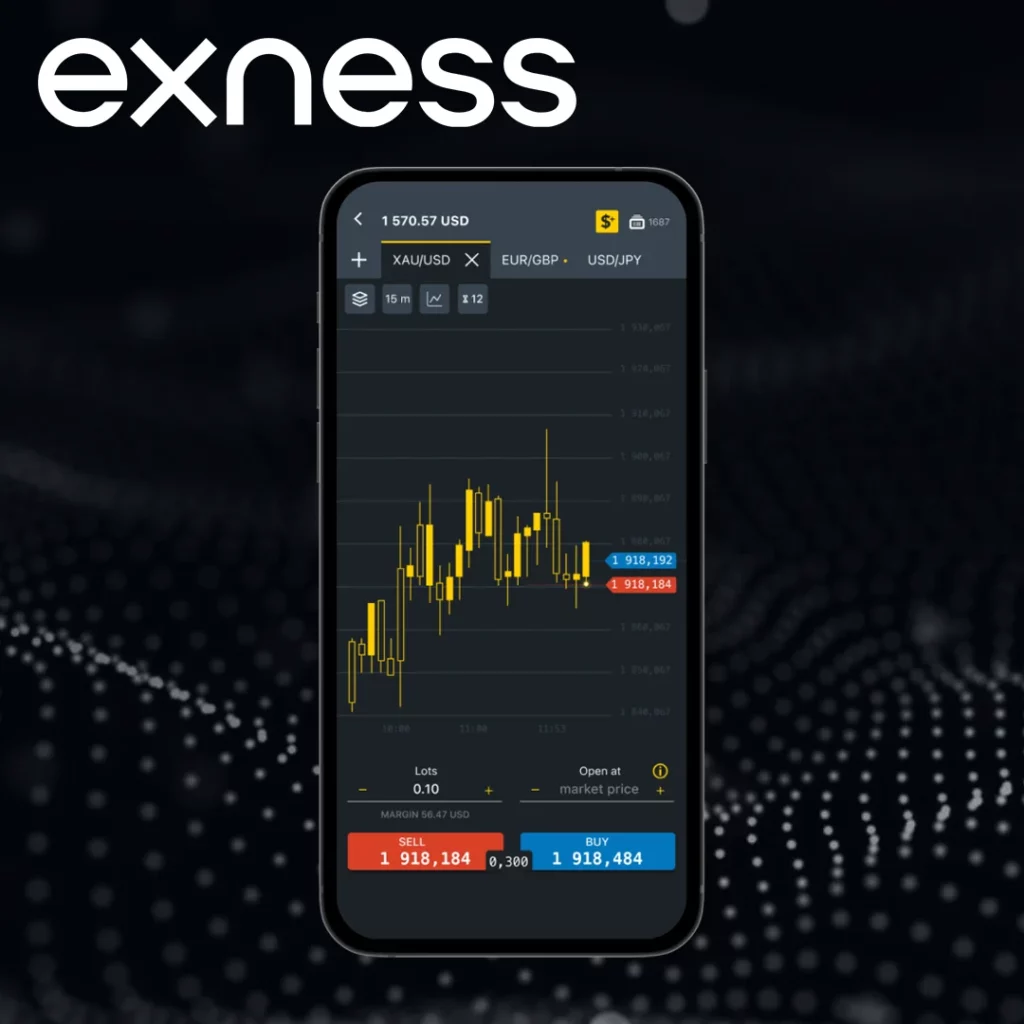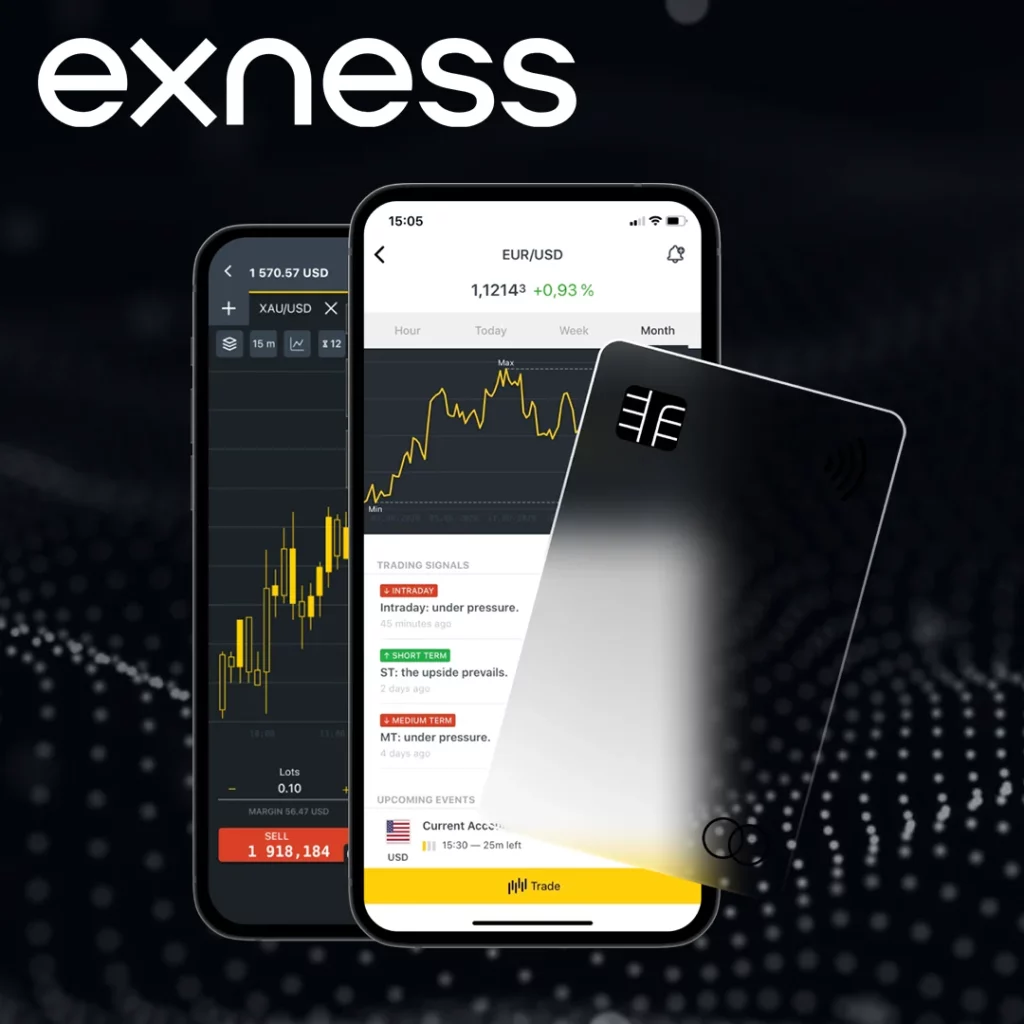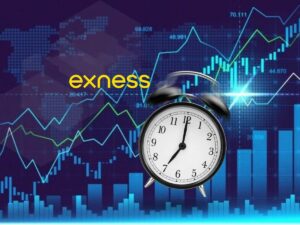When entering the world of trading, choosing the right account type is crucial. Exness offers several accounts to cater to different trader needs. Among these, the Zero Spread Account and the Raw Spread Account stand out as popular choices. Each comes with unique benefits, and understanding their differences can help traders determine which account fits best with their strategies.
The Zero Spread Account is designed for traders who prioritize predictable and transparent costs, while the Raw Spread Account appeals to those who want low spreads driven by market conditions. Both accounts cater to different trading styles, and selecting the right one requires a clear understanding of how they work and what they offer.
Exness Zero Spread Account
The Zero Spread Account provides a straightforward and transparent pricing structure. With this account, the spread between the bid and ask price is eliminated. Instead, traders pay a fixed commission for each trade. This pricing model appeals to those who want clear and consistent costs without the unpredictability of fluctuating spreads, especially in volatile markets.
With no spread, the pricing is often more competitive, making it a preferred option for active traders. The fixed commission means traders can better calculate their costs per trade, leading to a more predictable cost structure.
Key features:
- No spread – True to its name, this account offers zero spread.
- Fixed commission – Traders pay a fixed commission based on the instrument and trading volume.
- Tighter pricing – As there is no spread, prices tend to be more competitive, especially in volatile markets.
- Ideal for frequent traders – With a fixed commission, frequent trading becomes more cost-effective over time.

Who should use it?
- Traders who prefer a transparent and predictable pricing model.
- Active traders who make numerous trades and need a consistent cost structure.
- Those who want to avoid the unpredictability of fluctuating spreads, particularly during high volatility.
Exness Raw Spread Account

The Raw Spread Account operates on a different model. It offers ultra-low spreads, directly sourced from liquidity providers. These spreads, however, are not fixed and can fluctuate depending on market conditions. This type of account is particularly appealing to traders who require the tightest spreads possible to capitalize on small price movements, such as scalpers.
Unlike the Zero Spread Account, the Raw Spread Account does not charge a fixed commission. Instead, the cost of trading is embedded in the spread, which can vary from one trade to another. For traders focused on major currency pairs, this account type provides the market-driven pricing necessary for precise entry and exit points.
Key features:
- Variable spread – Spreads can fluctuate but are kept as low as possible.
- No fixed commission – Instead of paying a commission, traders pay a spread that varies with market conditions.
- Market-driven pricing – Spreads are directly pulled from liquidity providers, making them more responsive to market movements.
- Ideal for scalpers – This account type is suited for scalpers who depend on ultra-tight spreads.
Who should use it?
- Traders seek the lowest spreads, especially on major currency pairs.
- Scalpers who rely on small price movements and tight spreads to make profits.
- Traders comfortable with variable costs and who want access to market-driven pricing.
Comparing Zero Spread vs Raw Spread Accounts
Here’s a detailed comparison of the two accounts, which can help traders understand how they differ in terms of cost structure, spread size, and ideal use cases.
| Feature | Zero Spread Account | Raw Spread Account |
| Spread Type | Zero spread | Variable spread |
| Commission | Fixed commission, per trade | No fixed commission, spread depends on market conditions |
| Cost Structure | Transparent and predictable pricing | Variable costs based on market conditions |
| Best For | Active traders, frequent traders | Scalpers, traders focusing on major pairs |
| Spread Size | No spread | Low, market-driven spreads |
| Market Conditions Impact | Stable pricing, unaffected by market fluctuations | Spreads can widen during volatile periods |
| Ideal Trading Style | High-frequency trading, clear cost structure | Scalping, capturing small market movements |
Which Account Is Best for You?
The choice between a Zero Spread Account and a Raw Spread Account really depends on your trading habits, goals, and preferences. Each account type suits a different approach to trading.
- Zero Spread Account: If you value predictability and want to know exactly what your trade will cost, the Zero Spread Account could be your best choice. You’ll pay a fixed commission for each trade, and with no spread, your costs remain transparent, no matter the market conditions. This account is ideal for active traders who make multiple trades and need a consistent cost structure.
- Raw Spread Account: On the other hand, if you’re more focused on getting the tightest spreads and you’re comfortable with the fluctuations in cost, the Raw Spread Account will give you access to market-driven spreads. This account is perfect for scalpers or traders who focus on major currency pairs and need low spreads to capitalize on small price movements.
In summary, both accounts offer significant advantages, but the decision comes down to your trading style. If you’re a high-frequency trader looking for predictability, go for the Zero Spread Account. If you prioritize low spreads and are comfortable with variable costs, the Raw Spread Account may be a better fit.

Conclusion
The Zero Spread Account and the Raw Spread Account are both designed to meet the needs of different types of traders. The Zero Spread Account offers a transparent and predictable cost structure with no spread but a fixed commission, making it ideal for frequent and active traders. The Raw Spread Account, on the other hand, delivers ultra-low spreads driven by market conditions, without any fixed commission, making it more suited for scalpers and traders focused on major pairs. By understanding your trading preferences, you’ll be able to choose the account that aligns best with your trading strategy and goals.

Trade with a trusted broker Exness today
See for yourself why Exness is the broker of choice for over 800,000 traders and 64,000 partners.
FAQs
What is the main difference between the Zero Spread and Raw Spread accounts?
The main difference lies in the cost structure. The Zero Spread Account has no spread but charges a fixed commission per trade. The Raw Spread Account has ultra-low, variable spreads from liquidity providers and does not charge a fixed commission, with costs fluctuating based on market conditions.



